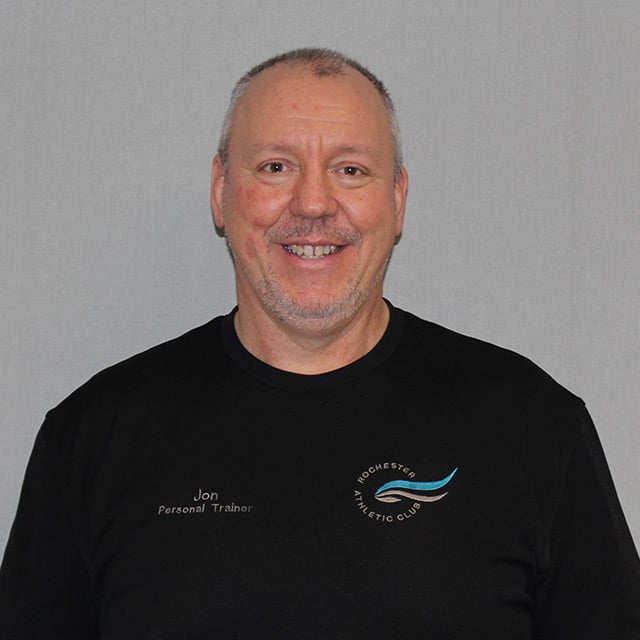The bones:
The vertebral column is made up of a series of vertebra that have similar yet unique features depending on which level of the spine they are located. There are 33 bones in the spine (26 that move in the adult spine). There are 7 cervical, 12 thoracic, 5 lumbar and 9 sacral-coccyx bones (5 sacrum and 4 coccyx - which are fused into 2 bones in adults).
Note: The saying, "Breakfast at 7, lunch at 12, dinner at 5 and snack at 9" is a simple way to recall the numbers.
The joints:
The vertebra, through facet joints, interact with each other over the length of the spine and with the skull (cervical) and pelvis (sacrum) on the top and bottom. The facet joints are small, synovial joints that have cartilage, synovial fluid and joint capsules like many other joints in the body.
The muscles:
The primary muscles of the spine are the erector spinae. This group of long muscles runs in 3 segments from the base of the spine to the base of the skull. They perform what their name suggests - they hold the spine erect. In other words, whenever we are sitting up or standing up they are working.
Of equal importance for spinal stability and integrity, are the abdominal muscles. There are four layers (from superficial to deep): the rectus abdominis - the "6 pack muscles", the external and internal obliques - the "twisting muscles", and the transverse abdominis or "TVA" - the "weight belt muscle".
The Function - How does it work?
The individual vertebra and each vertebral disc are stacked in a curvilinear fashion to provide the length/height of the spine. The facet joints of the vertebra run in pairs down the entire spine on each side and allow for motions of the spine.
The orientation of the facet joints dictates how that facet joint will allow motion. For example:
- The facet joints in the lumbar spine allow flexion-extension allowing us to bend forward and backwards.
- The facets in the thoracic region (rib cage) accommodate rotation giving us a twisting motion. There is also some flexion-extension that is most commonly demonstrated by poor posture, i.e. slouching.
- The facet joints and structure of the cervical spine are very unique and accommodate rotation (turning our heads, i.e. shaking “no”), side bending (tipping are heads towards our shoulders) and bending forward and back (nodding “yes”).
The intervertebral discs separate each of the vertebra (except at the C1-C2 level) and act as spacers and shock absorbers. They are formed of a thick rubber ring with a fluid nucleus (think jelly doughnuts). Many cases of back issues and pain involve the discs and then, secondarily, the muscles.
Each of the muscles perform specific movements. The erector spinae muscle group, along with other secondary groups, helps to control the postural position and movement of the spine. In addition, the muscles provide dynamic support to the ligaments and other connective tissues of the spine. The abdominal muscles, the muscles that cover the span from the ribs to the pelvis, when trained and functioning properly, can reduce the pressure on the low back by as much as 50%!
There are many other small muscle groups that carry out various movements and functions along the length of the spine. These - and the large muscle groups - tend to be trained best by performing stability exercises and using stability training tools like the stability/fitness ball.
Remember: “Stability before mobility; If you can’t hold still, you’re not ready to move.”
The Exercises* - How do you stabilize and strengthen the spine?
Stabilizing exercise examples:
These are exercises that improve the ability to hold still. Some effective tools and exercises to stabilize the spine include the stability ball, Bosu, and most strength training exercises performed in a standing position.
Bosu and/or stability ball planks - pushup position with no movement
Bosu and/or stability ball pushups - pushup with hands on floor, feet on Bosu/ball or pushup with hands on Bosu/ball, feet on floor
Dynamic exercise examples:
Back extension - back extension on Bosu/ball; back extension on various back extension exercise stations
Deadlift - performed with dumbbells, kettlebells and various types of bars
Squat - performed with dumbbells, kettlebells and various types of bars
Ab exercises:
Plank - on the floor or stability ball or Bosu
Crunches - on stability ball or Bosu - not recommended on the floor due to hyper flexion of the spine
Leg lowering - not leg "lifts’'- the intensity is greatest when legs are low. Starting on the floor and lifting is like starting a new exercise on a machine with the weight at the heaviest level!
Standing exercises - Many standing exercises that challenge posture and spinal position will help to improve functional strength. Examples: chest press or rowing on the cable cross; twist/rotation, standing biceps curls, shoulder press, and low-to-high/high-to-low wood chops.
*Ask Fitness Floor staff or RAC Personal Trainers for exercise instruction

Jon Giese
Jon is a personal trainer at the Rochester Athletic Club. He is originally from Wisconsin and moved to Rochester from Minneapolis in 1999. He works full-time as a wellness coach for Optum Wellness as well as being on the staff of National Exercise Trainers Association (NETA). Outside of the RAC, he loves being active and outdoors while spending time with his family.
Contact Jon Giese



